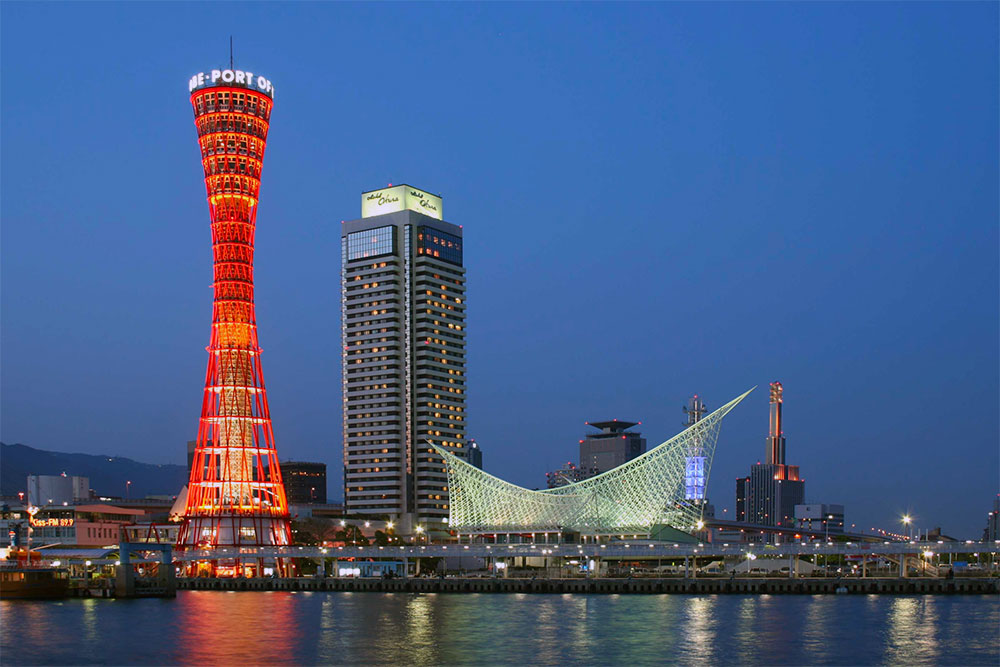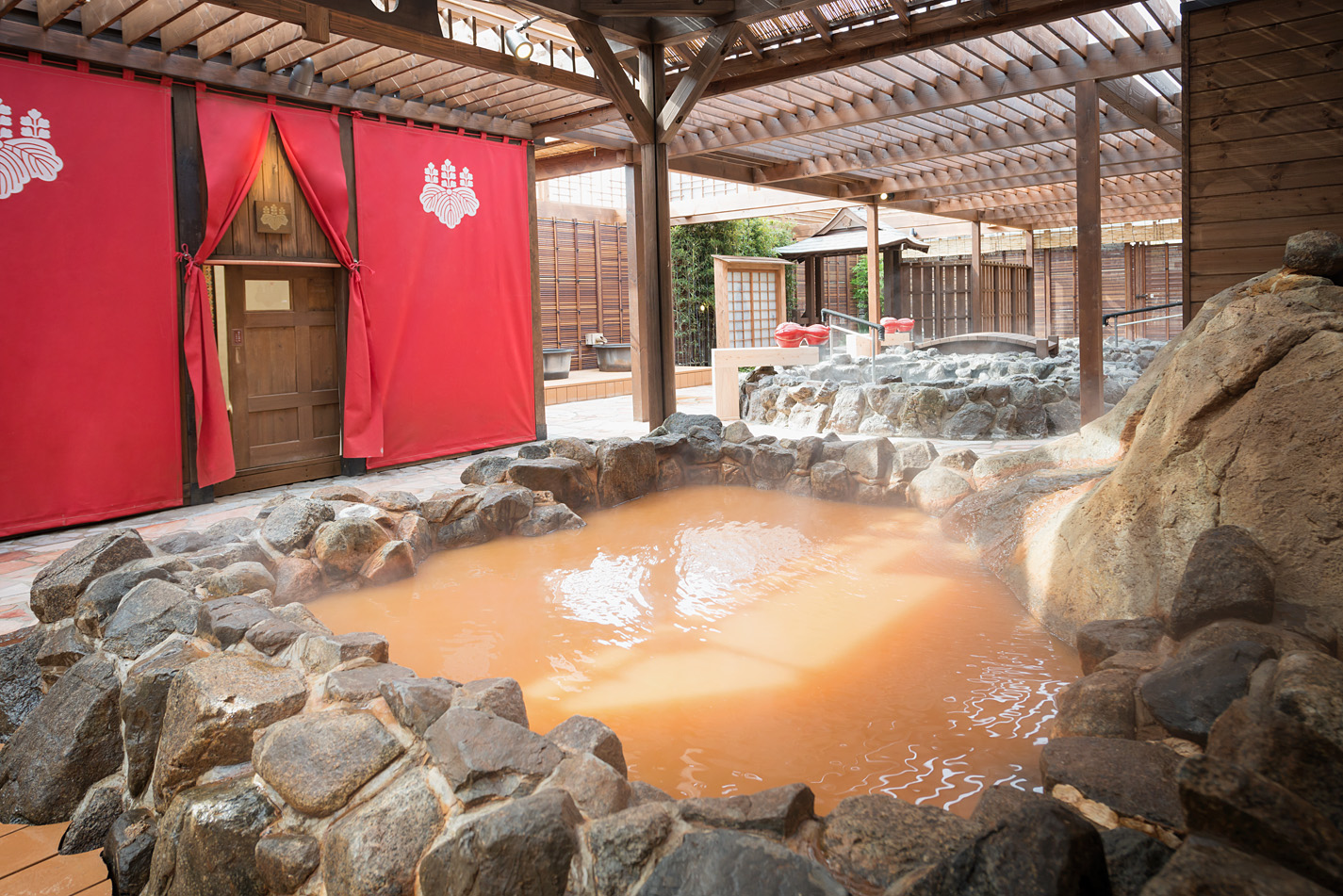Kobe City (神戸市こうべし)
Himeji Castle (姫路城ひめじじょう)
Arima Onsen (有馬温泉ありま おんせん)
Kinosaki Onsen (城崎温泉きのさきおんせん)
Introduction
Hyogo Prefecture (兵庫県) is located on the main island of Honshu, with Okayama-ken and Tottori-ken on the west, and Osaka-ken and Kyoto-ken on the east. It is the only prefecture fortunate enough to have coastlines on both the Sea of Japan and the Seto Island Sea, and some of its most beloved, and beautiful locations, are located on the shore.
There are 29 cities within Hyogo-ken, and the two most populous are Kobe (神戸) and Himeji (姫路). Kobe City is the prefectural capital and is universally renowned for its wagyu (Japanese cow) beef. Himeji City, on the other hand, is notorious for its castle – commonly regarded as the finest castle in Japan. Other popular locations are Arima Onsen and Kinosaki Onsen which are near the Seto Inland Sea and the Sea of Japan respectively.
Hyogo Prefecture is often remembered for the devastating earthquake which struck the Hanshin Area (the region between Osaka-ken and Hyogo-ken) on 17th January 1995, claiming up to 6,434 lives and leaving hundreds of thousands of people homeless.
Kobe City (神戸市)
With Osaka Bay in the foreground and the Rokko Mountain Range as a backdrop, Kobe City could easily be regarded as Japan’s most attractive major city. The city’s modern skyline is distinguished by the unconventionally-shaped buildings within Meriken Park (メリケンパーク) – a waterfront park which got its name from an adaptation of the word “American”.

The regional speciality and delicacy, Kobe beef (神戸ビーフ), is the result of centuries of cultivation. Cattle were introduced to Japan almost 2000 years ago but they were originally only used for agriculture work. It was only after the 1940’s that beef consumption and farming grew.
Yet, because Japan has a relatively low proportion of both inhabitable and agricultural land, Japanese cattle (和牛) were bred in concentrated areas, giving rise to their unique features. Today, 神戸ビーフ is distinguished by its tenderness, flavour and marbled texture. The high price tag is linked to the low percentage of wagyu able to meet the strict requirements needed to meet the “Kobe standard”.
Every year, for two weeks in December, millions of people come together for the Kobe Luminarie (神戸ルミナリエ) – a light festival held in remembrance of the victims of the Great Hanshin Earthquake. The illumination consists of over 200,000 hand-painted lights organised into a spectacular construction. Originally, the lights were donated by the Italian government in 1995 for one festival but due to high demand the Luminaire has been held every year since.
Himeji Castle (姫路城)

Arima Onsen (有馬温泉)
Around 20km from central Kobe, but still within the confines of the city is Arima Onsen (有馬温泉), a small onsen resort with over 1000 years of history, making it one of Japan’s oldest. There are two different kinds of hot spring water present in Arima Onsen – “gold spring” (金銭) and “silver spring” (銀線). 金銭 contains iron and salt, and is believed to help alleviate muscle pain and improve the appearance of skin. Whilst 銀線 contains radium and carbonate and is believed to help with muscle pain and joint issues.

Kinosaki Onsen (城崎温泉)
The quaint hot spring resort of Kinosaki is based along the the Maruyama River only minutes away from the Sea of the Japan. What makes Kinosaki so popular and so wonderful is that is has avoided overdevelopment. It offers a traditional 温泉 experience by allowing you to explore the ryokans, seven public bathhouses and various attractions in your yukata. This traditional atmosphere makes it one of the most famous onsen resorts in the whole of Kansai Region.
If you are interested in studying Japanese in Tokyo, find out more about our school by filling out the form below.
[contact-form-7 id=”12634″ title=”Inquiry Form_copy”]